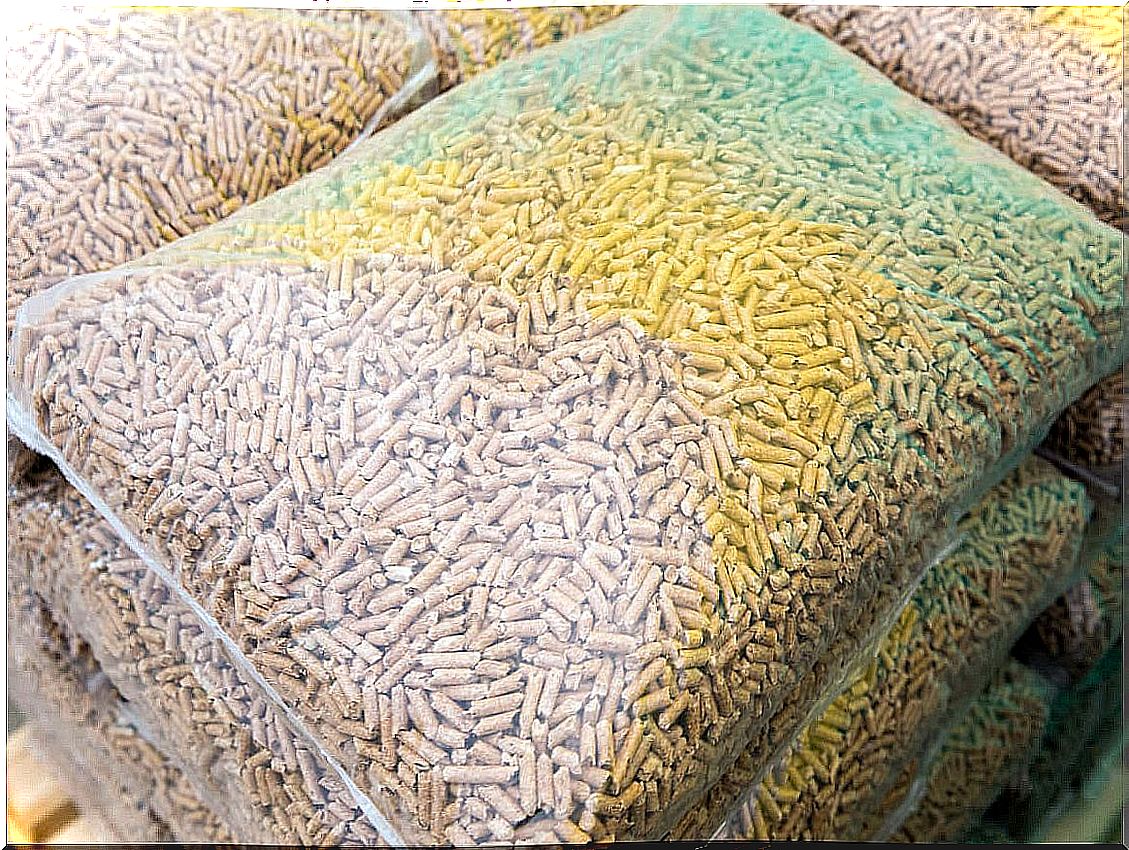Pellet Stoves At Home: Types And Benefits
In winter there is the need to make rooms at home warmer. As an alternative to regulate the temperature, there are pellet stoves , clean heat generators that work with pressed wood. They are characterized by their efficiency, low cost and sustainability.
Their use is domestic, since the power with which they operate ranges from 10 kilowatts. They work automatically, transforming the cold air that enters the combustion chamber and expelling it into the room.
The intensity of the heat is controlled through the fan or turbine and a thermostat. Its boom in the market is due to long-term investment: the installation costs, but in later years you save on fuel because it is a renewable energy source.
Benefits of pellet stoves
Pellet stoves are easy to use thanks to their updated and automated models that heat up by pressing two buttons. Regarding energy efficiency, it is high, close to 90%.
The thermal comfort they offer is pleasant and natural, without the need for a lot of wood to supply large amounts of energy. They also don’t emit as much smoke. In addition, shredded logs take up less space than firewood in traditional braziers.
They use renewable biomass fuel with lower carbon dioxide emissions, cheap, easy to find in shops, which does not produce odors and minimizes risks. Unlike propane or butane gas, with which there is a danger of explosion. They can be programmed remotely with Wifi and, if they perceive any anomaly, they immediately suspend the heating.

Disadvantages of pellet stoves
As well as they bring multiple benefits, you have to consider some drawbacks of these devices. We discuss them in this section:
- They heat small dimensions: if the house is large and you want to acclimatize all the spaces, you will need more than one. In general, its air diffusion does not reach large dimensions.
- Constant cleaning : they require regular cleaning. Neglecting the maintenance of the heater means the accumulation of ash, which prevents its correct operation.
- Power source: the pellets do without external combustion energy, but the heater depends on an electrical lighter. Among its variety of models, some require current for the thermostat to work.
- Investment to install: in the future you will spend less money on pellets than on other types of fuel, but at the beginning the investment is high in terms of installation. The outlay is compensated with comfort, quality of heat and the placid atmosphere at home. You will see that the price is worth it.
- Rigorous storage: the pellets can not be stored anywhere that are damaged and will not be efficient combustion. Look for areas without humidity, without circulating air and away from the ground.
Types of pellet stoves
Don’t confuse these stoves with boilers. The former produce and release heat through a fan, while the latter heat sanitary water that activates a radiator system. Having clarified this point, depending on the design, the stoves are insertable, round, corridor, outdoor, corner, corner or wall.
Based on the operation they are classified differently and we see it below.
Ductable air stoves
They distribute the heat through special ducts. It may be flushed out the front or outlets connected to each room.
Forced air stoves
They only heat the room in which they were installed. Activation is electronic or programmable and power is modulated according to demand. They heat up fast because they depend on a front fan that blows the warm air exchanged between the flame and the walls of the machine.
They link a room thermostat or remote control with a smartphone. They require a current of 220 volts and a smoke outlet no larger than 8 centimeters. They have a safety mechanism in case of exceeding the temperature.
Thermo stoves
They are also called hydro stoves and are similar to boilers and designed to heat the entire home. They may exceed 25 kilowatts. Like those with forced air, they have safety systems against higher temperatures and overpressure. Apart from electronic ignition, they allow programming.
They are made up of ceramic walls that store heat, an expansion vessel, a return lift valve, circulating pumps, temperature probes and pressure sensors. They operate when connected to cast iron, aluminum or sheet metal radiators and radiate 30% power.
Among the benefits of thermo stoves, it stands out that they heat sanitary water if the user adapts an external storage tank. Linking it to a gas boiler lowers the energy bill. Some require automatic filling because they do not have a pressure switch.

Maintenance of pellet stoves
Pellet stoves do not require meticulous maintenance, but they do require constant maintenance. Clean the ashtray every 2 days. If you don’t let that long pass, a brush is enough, but if you are not careful you will require a special vacuum cleaner. What to do with the ash? Take advantage of it as a fertilizer, for example.
Inspection is important in detecting cracks or fissures, as they can be repaired with refractory putty. Similarly, while cleaning, pay attention to the combustion chamber.
Experts recommend planning annually the clearance of pipes through which the smoke comes out. It is the way to get rid of waste and soot. It is carried out with the appropriate tools: special brush or chemical chimney sweeps.
Remember that the ideal is to keep it in tune for proper operation and to extend its useful life.
Key facts about heat generators
Installing them represents energy saving, ecological collaboration and comfort. For the experience to be completely pleasant, keep in mind the following keys:
- Avoid locating stoves in bedrooms; ventilation is necessary in furnaces that use vegetable fuel to reduce risks.
- Buy the pellets in quantities, but for the same season. If you store them for a long time without proper precautions, they will lose quality and will not burn completely.
- Schedule a professional inspection of the artifact once a year and do not wait for the season to arrive.
- Comply with the regulation of thermal installations of your locality.
Having stoves that use pellets as fuel at home , in addition to being a benefit in cold weather, is contributing to the conservation of the planet.








